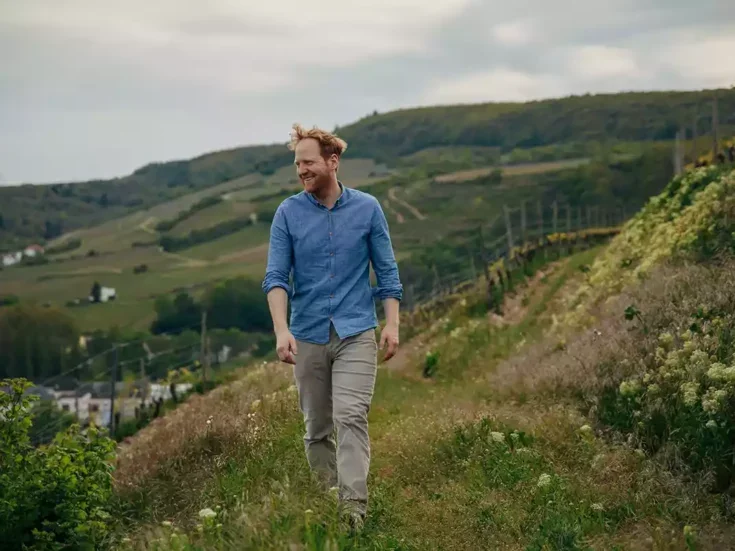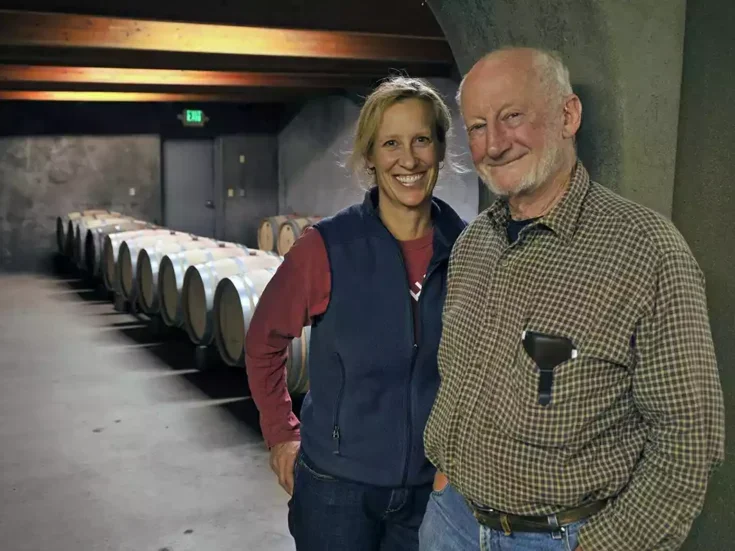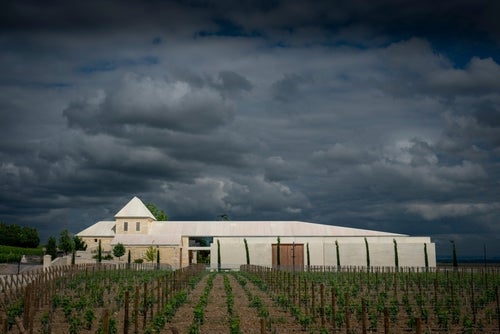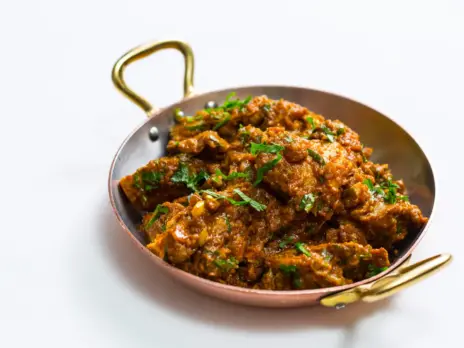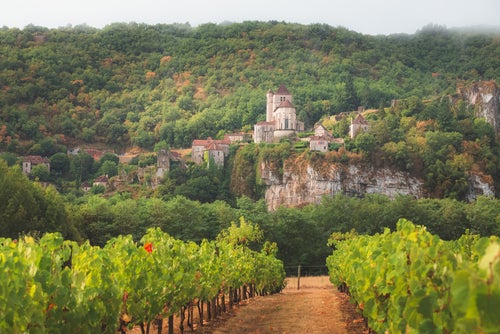
Andrew Jefford tastes 2020 Un Jour Sur Terre Clos d’Un Jour Cahors.
Some wine regions bask in good fortune; others don’t. We’re all familiar with such inequalities—they’re vast in human lives, too. How gratifying it would be to redress bad luck on occasion with a few waves of the philanthropic wand.
I’d wave mine at Cahors, which has been on the wrong side of history for the past 800 years. The region’s difficulties stem from physical location—its essence, in other words. Cahors is the great wine region of the River Lot, a river that rises at the very edge of the watershed that divides the Mediterranean from the Atlantic. Historically, each sea—and across each sea, each route to market—has been just a little too distant for comfort.
The upper part of the river cuts its way through gorges overly narrow for viticulture; while the lower part of the river, prior to its union with the expansive Garonne at Aiguillon, is placidly arable. Between St-Cirq-Lapopie and Fumel, though, the river undertakes 15 majestic meanders, opening the valley up to falling light and warmth: a southern French echo of the Mosel. This tumbling photosynthetic nourishment meets succeeding beds of stony river terraces, steep hill slopes, and sheltered shelves, dips, and scrapes cut into the limestone causse (or plateau) above. Malbec loves it here, giving wines of almost shocking depth and vivacity.
Some 800 years ago, the climate in this part of the Lot was warmer and drier than Bordeaux’s often drenchingly wet seasons; its harvests were more regular, its quality superior (Roger Dion, Histoire de la Vigne et du Vin en France des Origines au XIXe Siècle, 1959, pp.396–97). The apogee of the medieval wine trade that flourished during English rule in Aquitaine came in the early 14th century: 850,000hl (or just over one fifth of the total 2022 Bordeaux harvest) was shipped in cask out of Bordeaux on an armada of small boats between 1308 and 1309. This frenzied endeavor is still more astonishing when you realize that half of that wine had been produced upriver, either along the upper Garonne around Agen or in Quercy, the historical province centered on Cahors (José Baudel, Le Vin de Cahors, 1995, p.8).
Cahors: Ambition over adversity
What do you do if you can’t compete fairly? You compete unfairly. Bordeaux struck back with its infamous privilège: an intermittent, 500-year-long ban that made life as hard as possible for inland exporters, who could only ship their wines once the Bordeaux trade had sated itself on the all-important new-vintage sailings. It took Louis XVI’s controller general of finances, Anne-Robert-Jacques Turgot, a free-thinking, free-trade liberal from Paris, to abolish the privilège, in 1776.
Competition from the fertile Languedoc plains subsequently savaged the Cahors trade in the railway age—via the new privilege of vastly higher yields than were possible in a twisting river valley. Then came the disease and pest catastrophes of the later 19th century, followed by hybrids, imposture, and North African competition in the early 19th century—and almost total eclipse after the savage winter frosts of 1956. These multiple setbacks meant that the Cahors appellation was awarded late, after a long VDQS incubation, in 1971. Perhaps too late: Many of the high-quality, long-lost hillside vineyards were excluded from the appellation, since they lay under forest; they’ve still not been replanted. Huge tracts of low-potential land, by contrast, were included in the appellation zone, which covers 21,700ha (53,600 acres). A mere 3,323ha (8,200 acres) of this is planted today. Puzzlingly, the appellation is for red wines alone, though limestone-rich Cahors has excellent white-wine potential.
Cahors’s leading wine growers have had to find their way forward through this long drizzle of adversity, the latest setbacks being an internal crisis between 2001 and 2007, triggered by dissension about a cru system; and more recently frost, hail, and mildew, which compromised the 2022, 2023, and 2024 vintages. A twinkly wave is overdue.
Magic wands don’t exist, of course. Only good wines exist—and despite everything, Cahors has many. I’ve loved this unoaked cuvée since I first tasted an earlier vintage in 2015, when its fruit perfumes marked it out from a mass of oakier efforts. This vintage, too, seems to offer a cream of dark fruits, though there’s another earthier dimension to it, almost as if the 140-liter earthenware jars in which the wine spends 18–22 months has contrived to intensify the aromatic presence of warm stone and humus (often a feature of Cahors) in the wine. I applaud its ample ripeness, too, giving the wine glowing resonance and length in the mouth. Cahors is beginning to plunge, like other red-wine regions, into a dash for “freshness,” which can compromise the resonance that comes only with ripeness. Not here—this is a languid, slow, dense, and naturally articulated synopsis of a fine season down on the third terrace of the Lot. (Wines grown at higher altitude on the causse possess different balances.)
I tasted it alongside a range of other ambitious cuvées from the region’s leading producers—and Cahors’s long history means that there is a developed estate system here. Among the gravel-terrace cuvées currently on offer, look out for the richly detailed 2020 Elegance from Château Nozière, the graceful yet generous 2018 Expression from Château Lamartine, and the dense, mouth-filling 2020 Haute Collection from Château Eugénie. If you prefer the shock and brilliance of the weathered, iron-rich limestones of the causse, try the 2020 Le Lac au Cochons of the Ilbert family, packed with depth and drama; the perfumed purity of the 2018 Les Graves de Paul from Château Vincens; or the vitality and intensity of Pech Chagut’s 2022 Parcelle 1233. Fine wines all, from a region that poet Geoffrey Chaucer’s father John (who supplied wine to Edward III’s court) most likely preferred to St-Emilion or Pomerol.

